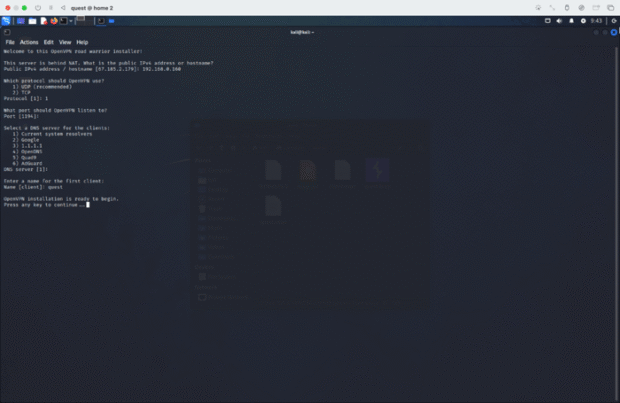
[ad_1]
Every day, millions of passengers depend on a vast, complex airport ecosystem to get from Point A to Point B. From airline check-ins and baggage handling to air traffic control and terminal operations, the aviation sector is an intricate web of interconnected third-party providers, technologies, and stakeholders.
In this high-stakes environment, a cybersecurity breach is not a single point of failure, it’s a ripple effect waiting to happen.
Cyber Threats Aren’t Just IT Problems – They’re Operational Crises
When people think about airport cybersecurity, they often picture network firewalls at airline headquarters or secure software for booking systems. But the real threat landscape is far broader and far more vulnerable.
- If a catering supplier is hit with ransomware, the aircraft turnaround slows.
- If the baggage conveyor system is compromised, luggage piles up, delaying departures.
- If the security contractor experiences an outage, passenger screenings halt.
- If ticketing software suffers from a DDoS attack, check-in grinds to a standstill.
- If air traffic control experiences latency or spoofed telemetry, lives are at risk.
It’s clear: defending an airport isn’t just about protecting a company. It’s about preserving the integrity of a global transportation ecosystem and ensuring every stakeholder can function in a coordinated, secure, and resilient way.
The Airport Ecosystem Is Only as Strong as Its Weakest Link
Airports rely on a massive constellation of third-party vendors and systems. Every stage of the passenger journey before, during, and after the flight is supported by technologies operated by different organizations. From mobile boarding passes to biometric screenings, even the most routine travel experience hinges on a delicate choreography of software, hardware, and human response.
That’s why cyber resilience must extend beyond individual systems. It must include inter-organizational coordination, clear communication, and agile crisis response across the entire airport community.
Simulating the Unthinkable at Defend the Airport
To help organizations prepare for the reality of these interdependent threats, Security Innovation, a Bureau Veritas company, is leading live cyber crisis simulations at the upcoming Defend the Airport event in Maryland.
This immersive experience takes participants out of their comfort zones and places them directly into a high-pressure scenario:
A multi-faceted cyberattack strikes multiple airport vendors – now what?
Participants will:
- Step into real-world roles such as airport ops, communications, legal, CISO, and IT response
- Navigate evolving incidents based on realistic threat scenarios
- Collaborate under pressure to assess risk, manage communications, and make tough calls
- Gain a hands-on understanding of how operational and cybersecurity decisions must work in tandem
Whether you’re a security leader, IT practitioner, or operational stakeholder, this simulation is a must-attend opportunity to test your readiness and sharpen your response playbook.
Why This Matters Now
Recent high-profile incidents in aviation and critical infrastructure show that attackers are not just targeting core systems – they’re disrupting supporting services, undermining trust, and threatening public safety.
Defending the airport is no longer about siloed IT response. It’s about cross-functional coordination, proactive scenario planning, and training leadership to make real-time decisions under uncertainty.
Join us in Maryland. Take on a role. Help solve the crisis. And walk away with a better understanding of how to protect the modern airport ecosystem from cascading cybersecurity threats.
Spots for the simulation workshop are limited. Ready to test your crisis skills? Register for Defend the Airport and secure your role. https://thetac.tech/defend-the-airport-collaborative/
[ad_2]
Source link











Be the first to leave a comment